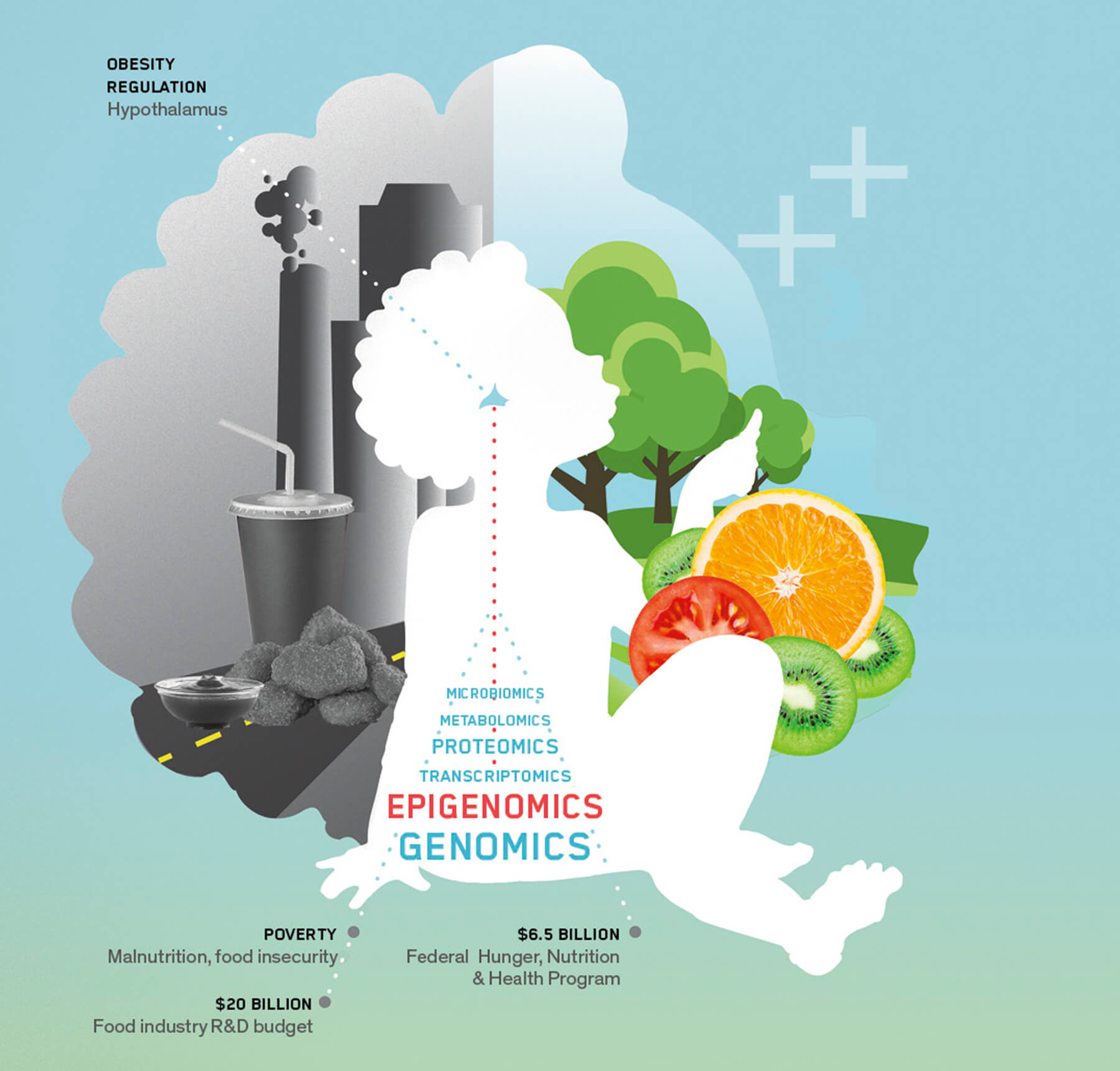-
$1.5 TRILLIONAnnual spending on well-care products & experiences in America
-
$1 TRILLIONFood-related diabetes & cardiovascular healthcare cost
2021
-
12 MILLIONAmerican lives lost to drug use
2021
Until now, modern medicine has mostly waited until a person gets sick and symptoms are manifesting before intervening. In recent years, this dynamic has been changing as consumers have demonstrated an intense interest in staying well and avoiding illness. This shift toward prevention has spawned a massive global industry, and a bounty of products, technologies and experiences based on increasingly sophisticated wellness science. This holistic new approach to wellness combines fitness, nutrition, sleep, mindfulness and myriad lifestyle choices. Americans spend $1.5 trillion a year on well-care products and experiences, an amount that will double in the coming decade.
The notion that prevention is better than cure is hundreds of years old. However, we still get paid when the patient gets sick. We need to be incentivized to keep people well. When we change what gets reimbursed, we will change the system.
Dr. Vijay Iyer, MD, PhD
Chief of Cardiovascular Medicine, Associate Professor of Medicine, Jacobs School of Medicine and Biomedical Sciences
1) Cleaner Living Ahead
Smoking and Drinking
Smoking still costs the US economy $600 billion a year. Significant numbers of young adults are beginning to turn away from alcohol in the same way their parents’ generation reduced smoking. The market for low-alcohol or nonalcoholic spirits, wine and beer has grown over 20% in the US in the last year as more people choose mocktails, kombuchas and botanical tinctures to replace traditional cocktails. In 2022, global sales of the no- and low-alcohol category surpassed $11 billion, and are expected to reach over $20 billion by 2030. More apps are being developed that help assist progress in smoking cessation and alcohol reduction. We are now seeing a fresh wave of bars, dance parties and events geared toward the “sober curious.”
Opioid Hangover
While there are many hopeful and healthy lifestyle trends, opioid use continues to be a major health crisis. Drug use took more than 100,000 American lives in 2022. In New York state, opioid mortality increased by 14% from 2021 to 2022 to a staggering total of 4,766 deaths. Over the next decade, pharmaceutical companies, insurers, pharmacies and the medical profession at large must have a full accounting of the mistakes and policies that sparked the crisis. However, there is wide agreement that opioid overuse represents a systemic societal problem that will require changes outside the medical system to fully address. Comprehensive and multifaceted services like the MATTERS Network, founded at the University at Buffalo, connect patients with treatments and services for opioid users while also establishing prescribing guidelines for healthcare providers in Western New York.
2) Now on the Menu: Biodata and AI
The Dawn of Phenomics: Auguring Your Future Health
Through the power of artificial intelligence we are building our understanding of the interplay between our individual genomics and other “omics” such as:
» epigenomics (analysis of the way genes are switched on and off)
» proteomics (analysis of cell proteins)
» metabolomics (analysis of cell metabolism)
» transcriptomics (analysis of cell RNA)
Thanks to these “multi-omic” technologies, we will soon have a more holistic view of an individual’s biological system and a deep understanding of the complex interactions between what we eat and other lifestyle and environmental factors. Doctors will develop ever better risk profiles for diseases before a person gets sick. A host of apps, wearables and monitoring devices will trigger health alerts allowing for early interventions. This will encourage patients to advocate for preventive solutions. (For more on phenomics and previvors, see the Self-Health Rising section and our 2017 Future of Medicine report’s Previvors section.)
Phenomic studies on diseases will profoundly and comprehensively enhance our capacity in prevention, diagnosis and treatment of diseases. … It is reasonable to expect that the ‘Golden Age of Phenomics’ is arriving.
Weihai Ying
Med-X Professor and Associate Dean, Shanghai Jiao Tong University School of Biomedical Engineering
3) Health on the Job
The workplace wellness industry is now worth nearly $55 billion, with 53% of small employers and 81% of large employers offering some sort of wellness program. These perks are quickly becoming a core benefit for most workers in the US, with companies offering everything from gym memberships to bike-share programs, fitness classes, massages and nutritional and mental health counseling.
TRUST YOUR GUT
Average human lifespan has doubled over the past 150 years primarily because of improvements in nutrition and hygiene, with technology and modern medicine coming in as less important factors. Our understanding of the interplay of food and the human body is becoming more sophisticated— even as millions of people in the US remain food insecure and many millions more struggle with obesity. Eating badly can impact our moods, make us sick and even kill us.
In the coming decade, primary care doctors and health apps will prescribe diets designed by AI to optimize the interaction between our individual microbiome (the collection of microorganisms living in and on our bodies) and our epigenome, metabolome and proteome. We are already far along in understanding how diet can spur epigenetic changes in children’s developing brains, and how these changes can impact obesity later in life. Carefully designed individual diets may be key to curing or postponing many diseases.
Watch for a growing number of big businesses to add population health to their ESG goals. Pharmaceutical giant Novo Nordisk is jumping into the food-asmedicine fray, investing $20 million over the next three years in locally led initiatives from the Mississippi Delta to Arizona that improve access to healthy foods and recreation space for underserved communities. These projects range from building greater demand for locally sourced, healthy produce to improving nutrition literacy.
SMART TECH FOR HEALTHY EATING
Apps will keep proliferating to help people track their diet, with more sophisticated AI algorithms helping to link diet data with the latest research. These algorithms will also link diet data with data on a person’s genetic and other risk factors for diet-linked diseases. Apps and other food-tracking systems will be developed that help patients with Alzheimer’s, cancer and other diseases to eat targeted foods that could slow down the progression of their disease. Other apps, like one created by New York City startup Mymee, are helping patients discover and avoid food triggers for autoimmune diseases.
STILL HUNGRY AFTER ALL THESE YEARS
Americans spend $1.1 trillion on food every year, with the federal government spending almost $200 billion a year in food aid for the poor. Yet 12 million children in America remain malnourished. The link between poverty and malnutrition—and deficits in cognition and overall health—is indisputable. One dollar spent on providing children with good nutrition saves four dollars in services later in life, although current partisan deadlocks in state and federal legislatures will make increased investment in child nutrition a challenge in the near future. (See the Politics and Healthcare section for more on this.)
The Biden Administration’s new Hunger, Nutrition and Health initiative pledged to spend $2.5 billion on startup companies that are “pioneering solutions to hunger and food insecurity,” and over $4 billion on philanthropies that improve “access to nutritious food, promote healthy choices, and increase physical activity.” Much more will be needed in the coming years.
-
$1 = $4For EVERY $1 spent on childood nutrition, $4 is saved on adulthood healthcare
FUNCTIONAL FOOD REPLACES JUNK FOOD
Even as scientists learn more about the interplay between food as chemistry and what is good and bad for us, policymakers don’t always agree on best practices. This results in shifting nutritional standards that often don’t keep up with the latest research. Policymakers struggle to stay abreast of the latest data and to find the will to combat powerful interest groups and muster the resources to optimize good nutrition for kids and others.
The food industry has a long history of producing processed and high-sugar food that human taste buds adore rather than food that’s good for us. For instance, it’s long been known that high-sugar cereals like Raisin Bran, Special K and Life are not healthy by any reasonable standard. But it took until October 2022 for the FDA to remove them from a list of “healthy” breakfast foods. Diabetes and cardiovascular disease caused by unhealthy eating racked up a $1 trillion healthcare bill in 2021 alone.
A significant percentage of consumers are now demanding more from what they eat and drink. They are shopping for functional foods that increase performance, relaxation and overall wellness. Consumer packaged goods companies of all sizes are realigning to launch products that provide additional health benefits. Many new food and beverage products promise to reduce inflammation and increase the health of your gut microbiome. As the lines between food and medicine continue to blur, companies will compete to win over customers who increasingly want nutrient-packed food that is regeneratively produced and delivered via a transparent supply chain.

